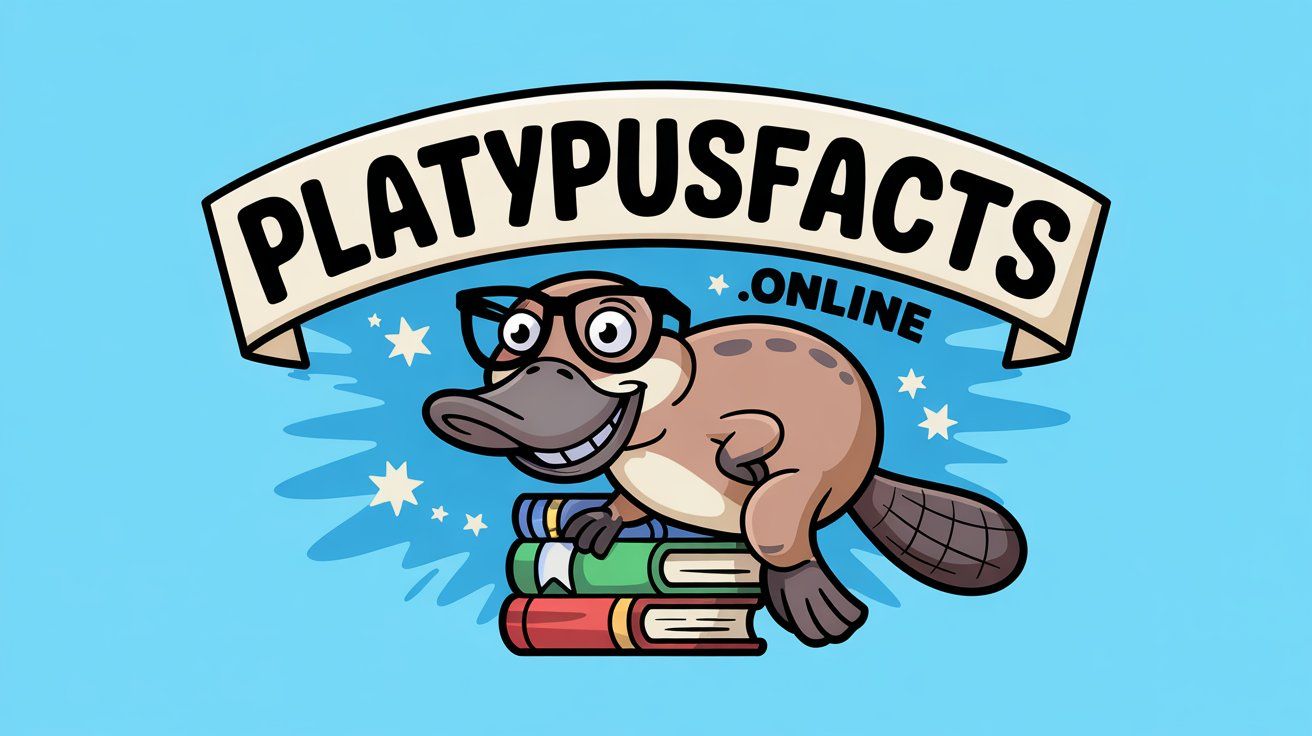-
Platypuses are skilled swimmers with a hidden talent—they can hold their breath for up to two minutes! When diving in the rivers of eastern Australia and Tasmania, they close their eyes, ears, and nostrils to keep water out, relying on their bill to hunt. Their lungs store enough oxygen to let them stay underwater while…
-
Platypuses have a glowing secret—their fur shines under UV light! In 2020, researchers at Northland College in Wisconsin discovered that platypus fur exhibits biofluorescence, glowing a soft greenish-blue when exposed to ultraviolet light. This trait was first noticed in museum specimens and later confirmed in live platypuses in Australia. It’s a rare feature for mammals,…
-
Platypuses are full of surprises—they don’t have a stomach! Unlike most animals, these Australian oddities lack a true stomach for digesting food. Instead, their esophagus, the tube that carries food from the mouth, connects directly to their intestines. This unique digestive system is a throwback to their ancient evolutionary roots, shared with other monotremes like…
-
Platypuses have a superpower—they hunt using electricity! When diving underwater, they close their eyes, ears, and nostrils to keep water out, relying on their duck-like bill to find food. The bill is packed with thousands of electroreceptors that detect tiny electric currents made by the muscle movements of prey like insects, larvae, and shrimp. This…
-
Male platypuses have a hidden weapon—venomous spurs on their hind legs! These spurs, located on the inner ankles, are about half an inch long and made of keratin, the same material as your fingernails. They’re connected to venom glands that produce a clear, sticky venom with over a dozen unique proteins. While it’s not lethal…
-
Platypuses are full of surprises, and here’s another one—they don’t have nipples, but they still nurse their babies with milk! As monotremes, platypuses are egg-laying mammals, which already makes them pretty unusual. But unlike most mammals that have nipples for breastfeeding, platypuses have a completely different system. Their milk oozes out of mammary gland ducts…
-
Koalas might look like cuddly teddy bears, but they’ve got a secret that’s straight out of a crime show—their fingerprints are almost identical to humans! These Australian marsupials have ridges and whorls on their paws that are so similar to human fingerprints that even experts can struggle to tell them apart under a microscope. In…
-
Crows might look like ordinary birds, but they’re brainy enough to outsmart some primates! These black-feathered geniuses have been studied for years, and scientists at the University of Cambridge found that their intelligence rivals that of monkeys in certain tasks. Crows can use tools, solve puzzles, and even recognize human faces—skills that show they’re way…
